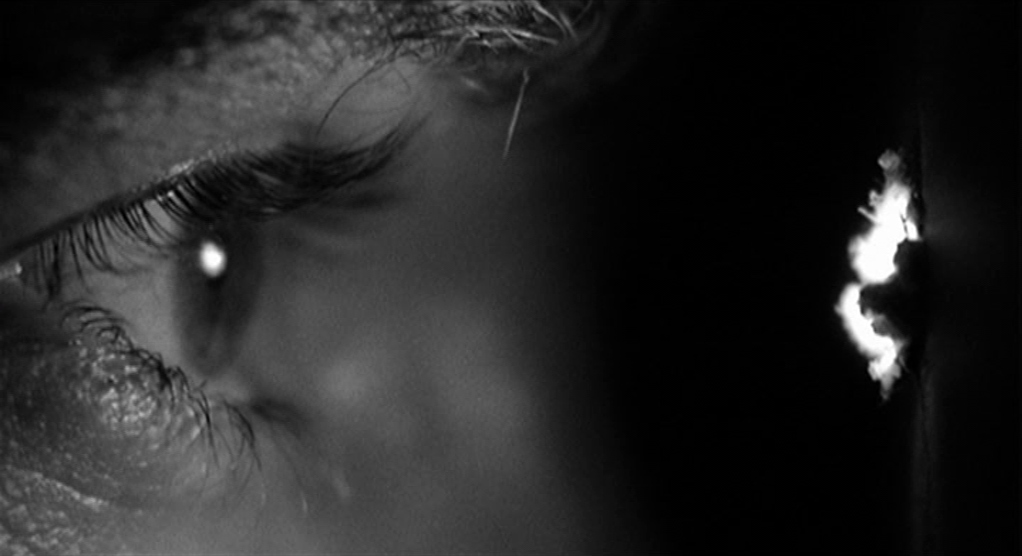The soundtracks of our videos become increasingly complex, accurate and original. We have many possibilities to use audio creatively, let’s discover the differences between Diegetic vs Non-diegetic sound.
Diegesis /ˌdaɪəˈdʒiːsɪs/; from the Greek διήγησις from διηγεῖσθαι, “to narrate”
DIEGETIC SOUND
Sound whose source is visible on the screen or whose source is implied to be present by the action of the film:
- voices of character
- sounds made by objects in the story
- music represented as coming from instruments in the story space ( = source music)
Diegetic sound is any sound presented as originated from source within the film’s world. The source of diegetic sound doesn’t necessarily need to be seen on screen, as long as the audience understands that it is coming from something within the film.
Another term for diegetic sound is actual sound
NON – DIEGETIC SOUND
Sound whose source is neither visible on the screen nor has been implied to be present in the action:
- narrator’s commentary
- sound effects which is added for the dramatic effect (outside of the film-world)
- mood music and soundtrack
Non-diegetic sound is represented as coming from the a source outside story space.
The distinction between diegetic or non-diegetic sound depends on our understanding of the conventions of film viewing and listening. We know of that certain sounds are represented as coming from the story world, while others are represented as coming from outside the space of the story events. A play with diegetic and non-diegetic conventions can be used to create ambiguity (horror), or to surprise the audience (comedy).
Another term for non-diegetic sound is commentary sound.
TRANS – DIEGETIC SOUND
When diegetic and non-diegetic sound are combined, it’s called trans-diegetic. Trans-diegetic sound refers to any sound that moves in between non-diegetic and diegetic, or vice versa. Trans-diegetic sound helps bridge or link two things, like transitions between scenes.
Music plays over the opening credits of a film (non-diegetic sound), but once the title sequence ends, that same music becomes a song heard on someone’s radio in the opening scene (diegetic sound). This example links the credit sequence with the opening scene to ease the audience into the movie-going experience.

SUONI DIEGETICI VS SUONI EXTRA DIEGETICI
Le colonne sonore dei noistri video diventano sempre più complesse, accurate ed originali. Sapendo come modulare i suoni e le musiche abbiamo infinite possibilità di utilizzare l’audio in maniera creativa. Scopriamo insieme la differenza tra i suoni DIEGETICI e quelli EXTRA DIEGETICI.
Diegesis /ˌdaɪəˈdʒiːsɪs/; from the Greek διήγησις da διηγεῖσθαι, “narrare”
SUONI DIEGETICI
Vengono chiamati diegetici tutti quei suoni che appartengono all’universo narrativo del film ovvero tutti quei suoni che sono uditi dal pubblico quanto dai personaggi. La sorgente sonora dei suoni diegetici è potenzialmente visibile, il che non significa che lo sia sempre. :
- voce dei personaggi
- suoni provocati da oggetti nella scena (o fuori scena)
- la musica che proviene da uno strumento presente nella scena
SUONI EXTRA DIEGETICI
Sono quei suoni la cui fonte non proviene dall’interno della scena ed è quindi da considerarsi come musica esterna di accompagnamento. Essa non viene mai sentita dai protagonisti che si muovono nella scena, è dedicata solo agli spettatori:
- vice narrante
- effetti sonori che sottolineano il mood
- colonna sonora
I suoni extra diegetici hanno il compito di sottolineare i sentimenti e le emozioni provate dai personaggi, ma possono anche porsi in contrasto rispetto alla scena stessa.
SUONI TRANS DIEGETICI
Quando i suoni diegetici e quelli extra diegetici sono combinati tra loro. Un suono diegetico può trasformarsi e diventare extra diegetico e viceversa. Immaginiamo una colonna sonora (extra diegetica) che ad un certo punto del film si trasforma per provenire da una radio. I suoni Trans-diegetici possono rappresentare un escamotage interessante per connettere più scene tra loro.
Sei interessato ad approfondire la tua conoscenza sul mondo dell’audio? Vuoi imparare a sfruttarlo al massimo del suo potenziale nei tuoi video? Prenota la tua lezione on-line sul SOUND DESIGN con evergreen film, scrivici QUI o all’indirizzo info@produzionievergreen.com

No Comments